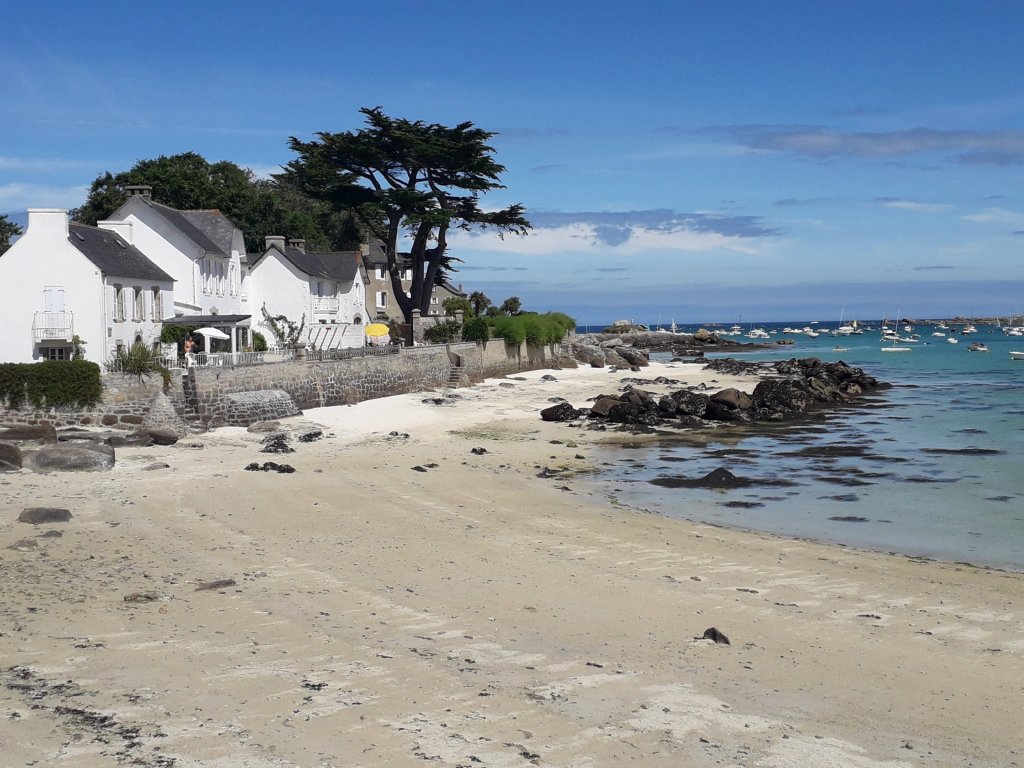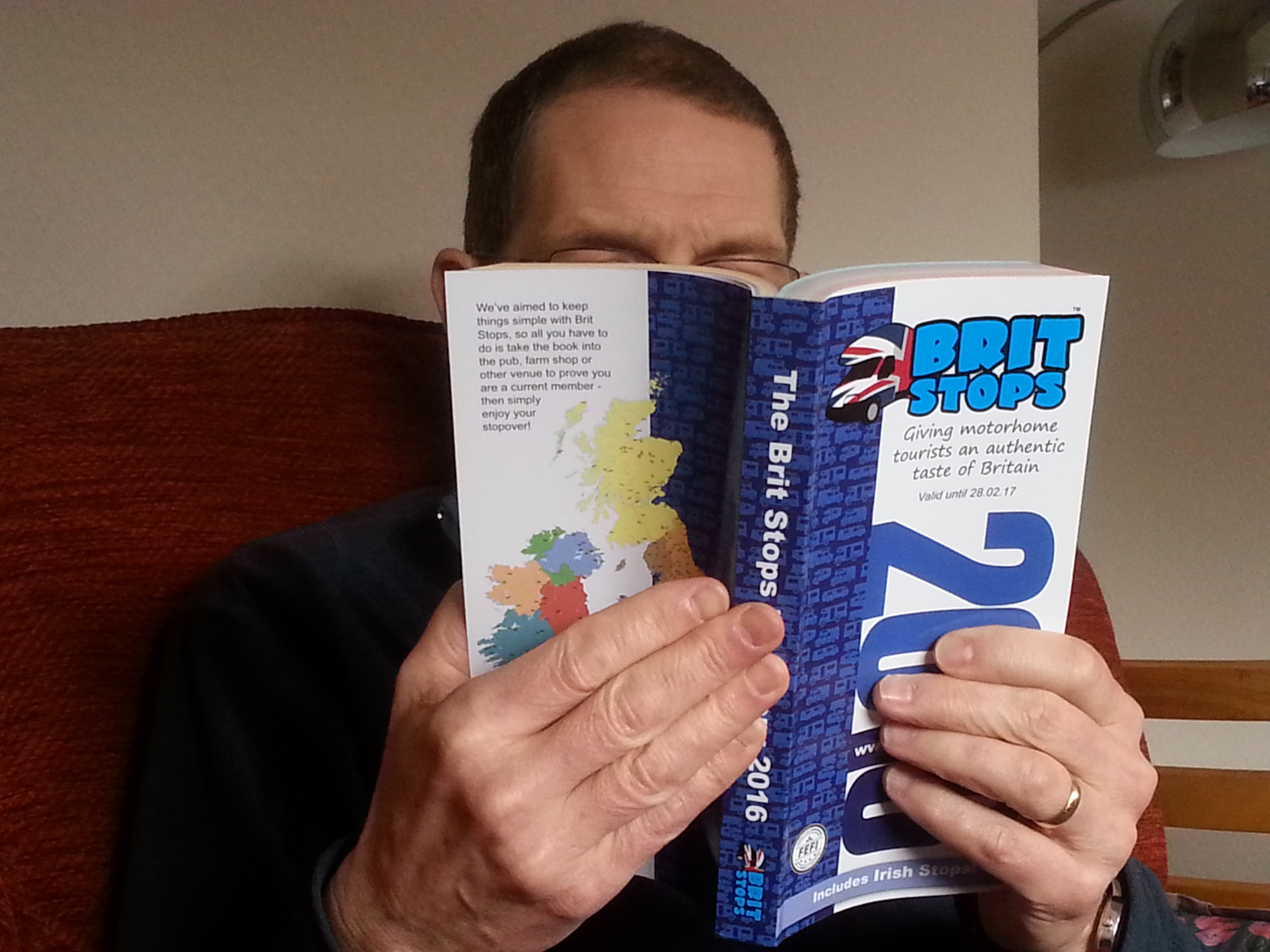
We weren’t sure whether we would make it to France and, if we did, what we would find here. It turns out it is both normal and abnormal.
After landing in St Malo, we spent the first few days on the Côte de Granite Rose on Brittany’s north coast. Camping Tourony came highly recommended and was a great site to relax on. Good bread was available every morning and we could walk to a lovely beach in the evenings and practice tai chi among the large boulders. So far, so normal.
The area was busy with visitors and masks were required on le sentier des douaniers that follows the beautiful coast among the boulders and trees. This seemed reasonable given the number of people but wearing a mask while outside is a strange experience that takes something away from the joy of being in the great outdoors; no smelling the surf on the breeze or the scent of pine trees when you are behind a mask. Elsewhere walking and hiking have felt pretty much normal and provided relief from coronavirus. On this walk you couldn’t forget this was DC (during coronavirus).
Mask wearing in fashionable France is interesting to observe. On le sentier des douaniers about 80% of walkers complied. The masks varied from the colourful homemade to disposable, but plain re-usable masks were most common. We walked back through the streets as these were quieter and masks were not compulsory here and around the shops.
The French have different ways of carrying their mask when they are not wearing it. Some tuck it below their mouth so that it covers their chin, like a sort of beard mask. Some go lower and put the mask around their necks. Quite common is leaving the mask dangling off one ear when not required, this is a relaxed and jolly fashion statement. Others attach their mask to the straps on their bag or camera or wear it around their wrist. Losing my mask has become a new anxiety for me. I keep mine in my pocket and am constantly checking it is still there.

Île-Grande, further west, was quieter and consequently more relaxed for a day out walking. The island’s circuit is easy and there is plenty that is interesting along the way. We walked around pretty bays, to craggy points and by marinas packed with boats. We climbed to the centre of the island for the view from the rocky outcrop and found the burial cairn, covered in two huge slabs of rock. My favourite time was walking through the warm and shallow blue water along the edge of the beach back to the mainland, splashing gently and not a thought for a virus.
Of course, much is still normal. The wine is good and cheap and you’ll be pleased to hear that France is as welcoming as ever to motorhomers. There are plenty of vans and their owners on holiday in Brittany and they are making full use of the campsites and aires and enjoying this beautiful country. There are campers from Germany, the Netherlands and Italy but the vast majority we have seen are French. Of course in these DC days everything is seen differently and French supermarkets that used to be such fun to explore now feel crowded. Numbers are not restricted and social distancing seems to mean nothing in the rush to shop. We’re doing as big a shop as we can fit in or small van in one go!
We’re being cautious while enjoying France and not dwelling on our quarantine time when we return too much.


